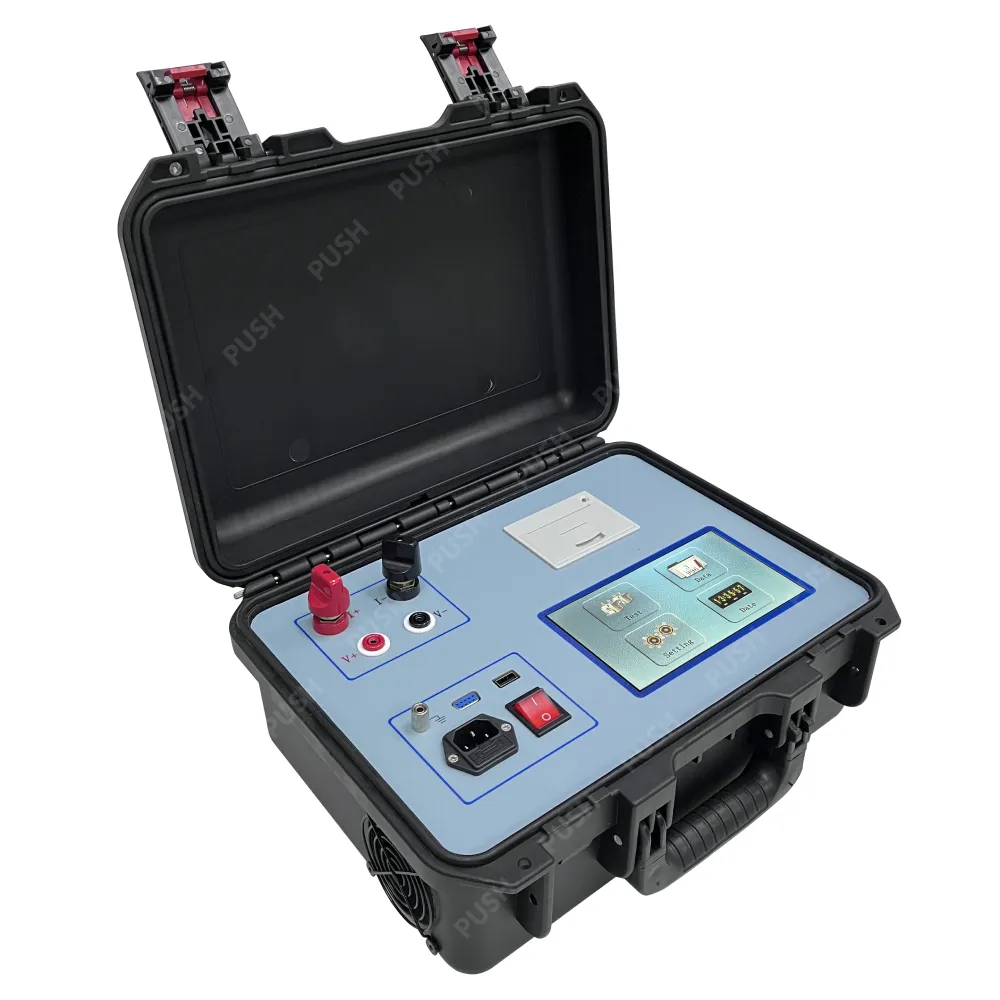 English
English


distilling equipment for beginners
Distilling Equipment for Beginners A Comprehensive Guide
Distilling is an ancient practice that transforms raw materials into high-proof spirits or essential oils through a process of heating and condensation. For beginners, navigating the world of distilling equipment can be overwhelming, but understanding the basic components and their functions can make the journey much smoother. This article will provide a comprehensive overview of the essential distilling equipment, making it easier for newcomers to embark on their distillation journey.
1. The Still
At the heart of any distillation process lies the still. Stills come in various types, including pot stills and column stills.
- Pot Still This is the traditional type of still, widely used for making whiskey and rum. It consists of a boiler (where the mash or wash is heated) and a condenser (where the alcohol vapors are cooled and collected). Pot stills are favored for their ability to produce richer, more flavorful spirits. - Column Still Also known as a continuous still, this apparatus is more efficient and is commonly used in large-scale production. It allows for a higher alcohol concentration and is suitable for producing neutral spirits, such as vodka.
2. Heat Source
To initiate the distillation process, a heat source is necessary. Depending on your setup, common options include electric heating elements, gas burners, or induction cookers. When choosing a heat source, consider factors such as portability, control, and safety. Electric heating elements are often preferred for beginners due to their ease of use and precise temperature control.
3. Fermentation Vessel
Before distillation can occur, fermentation must take place. This is where yeast converts sugars into alcohol. A fermentation vessel, such as a glass carboy or a food-grade plastic bucket with an airlock, is essential for this step. Make sure your fermentation vessel is sanitized to prevent contamination, and provide adequate space for the fermentation process, which can take one to two weeks.
4. Airlock
An airlock is a crucial accessory for fermentation vessels, allowing gases produced during fermentation to escape while preventing outside contaminants from entering
. This simple device is typically filled with water, creating a seal that maintains a safe environment for the fermenting wash.distilling equipment for beginners

5. Condenser
The condenser is a vital component of the still that cools and condenses alcohol vapors back into liquid form. There are various types of condensers, such as Liebig, Graham, and Reflux condensers. Each has its advantages in terms of efficiency and ease of use. For beginners, a simple Liebig condenser is often sufficient; it consists of a glass tube surrounded by a cooling jacket that allows water to flow over it, cooling the vapor as it passes through.
6. Collection Vessel
Once the alcohol vapors are condensed, they will flow into a collection vessel. This can be a glass jar or other suitable container. It is recommended to use separate containers for different fractions of distillate, such as heads (the first part, containing unwanted compounds), hearts (the desirable part), and tails (the last part with heavier compounds).
7. Thermometer
A thermometer is an essential tool for monitoring the temperature throughout the distillation process. Maintaining the correct temperature is vital for achieving the desired alcohol concentration and separating different fractions effectively. A digital thermometer with a probe is easy to read and can be inserted into the still for accurate measurements.
8. Safety Equipment
Safety should never be overlooked when distilling at home. Invest in safety gear such as gloves, goggles, and a fire extinguisher. Distillation involves the use of heat and potentially flammable materials, so it is crucial to work in a well-ventilated area and be aware of your surroundings.
Conclusion
Getting started with distilling can be an exciting and rewarding experience. By understanding the essential equipment and their functions, beginners can approach the process with confidence. Remember to research local laws and regulations regarding distillation, as illegal distillation can lead to severe penalties. With the right setup and a thirst for knowledge, you will be well on your way to creating your very own spirits or essential oils. Happy distilling!
-
Differences between open cup flash point tester and closed cup flash point testerNewsOct.31,2024
-
The Reliable Load Tap ChangerNewsOct.23,2024
-
The Essential Guide to Hipot TestersNewsOct.23,2024
-
The Digital Insulation TesterNewsOct.23,2024
-
The Best Earth Loop Impedance Tester for SaleNewsOct.23,2024
-
Tan Delta Tester--The Essential Tool for Electrical Insulation TestingNewsOct.23,2024





